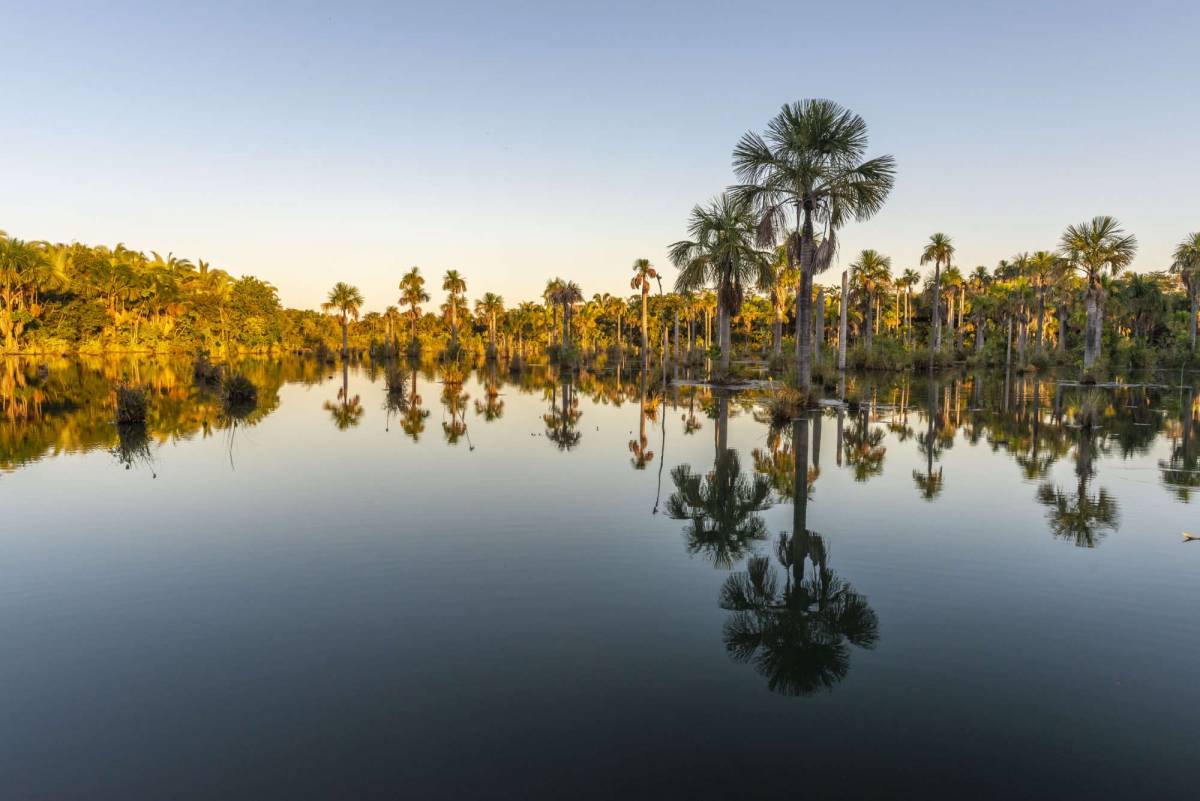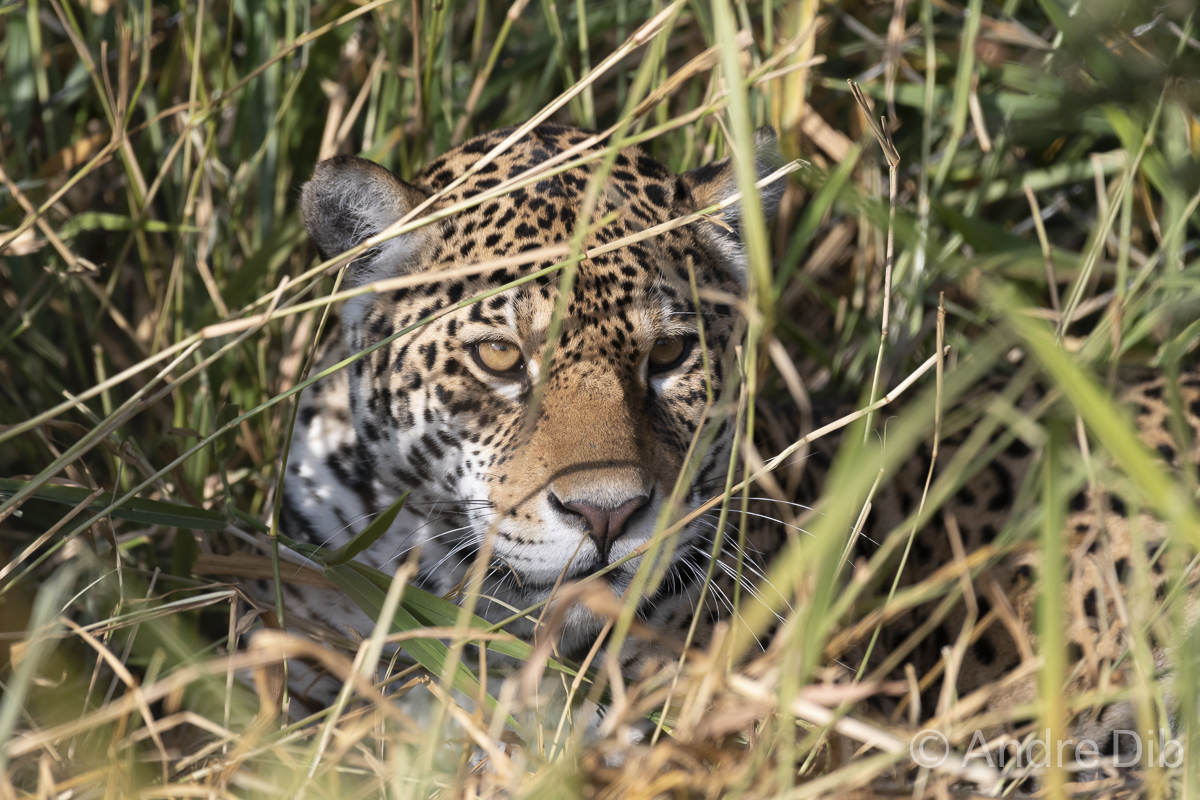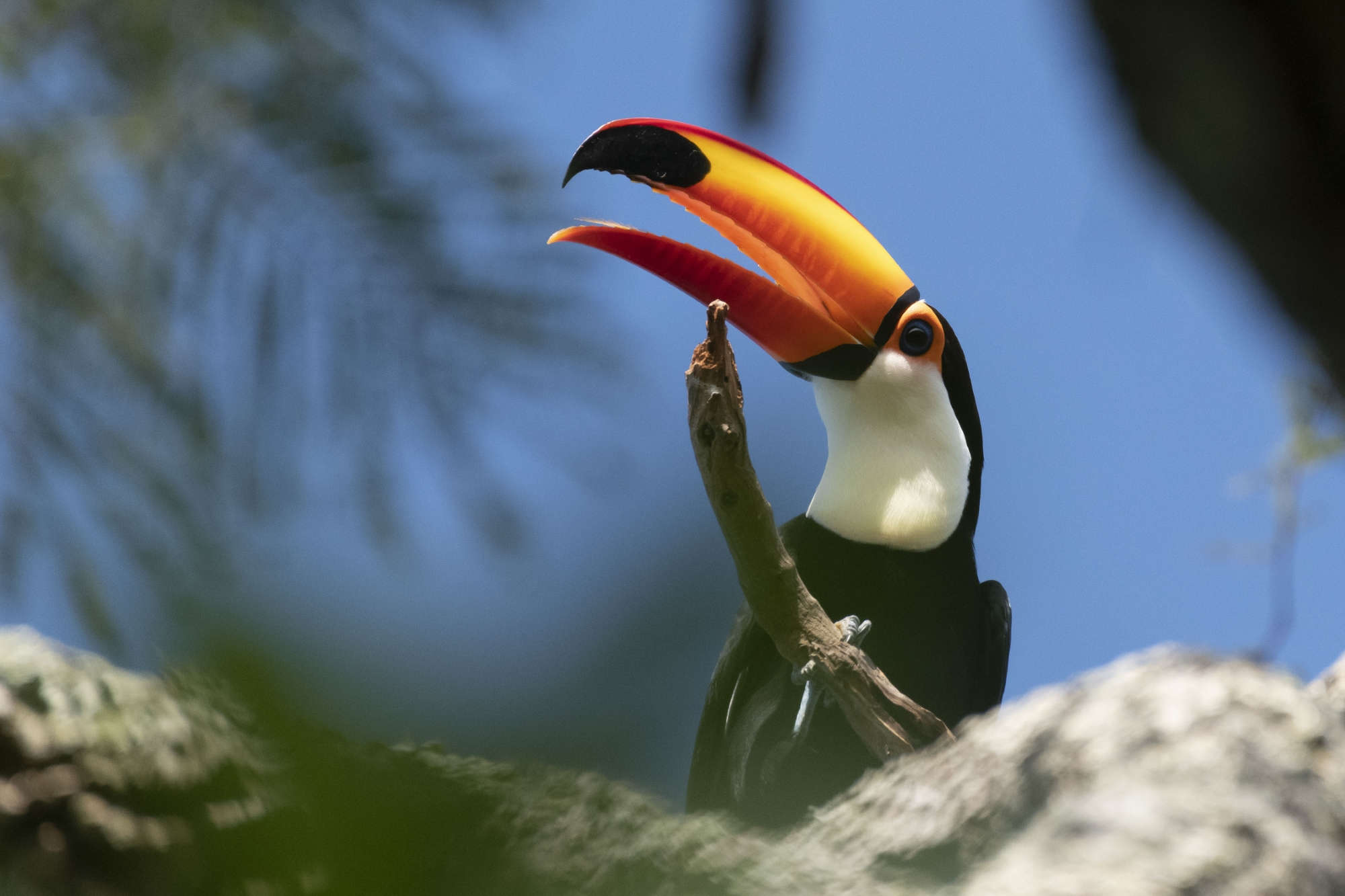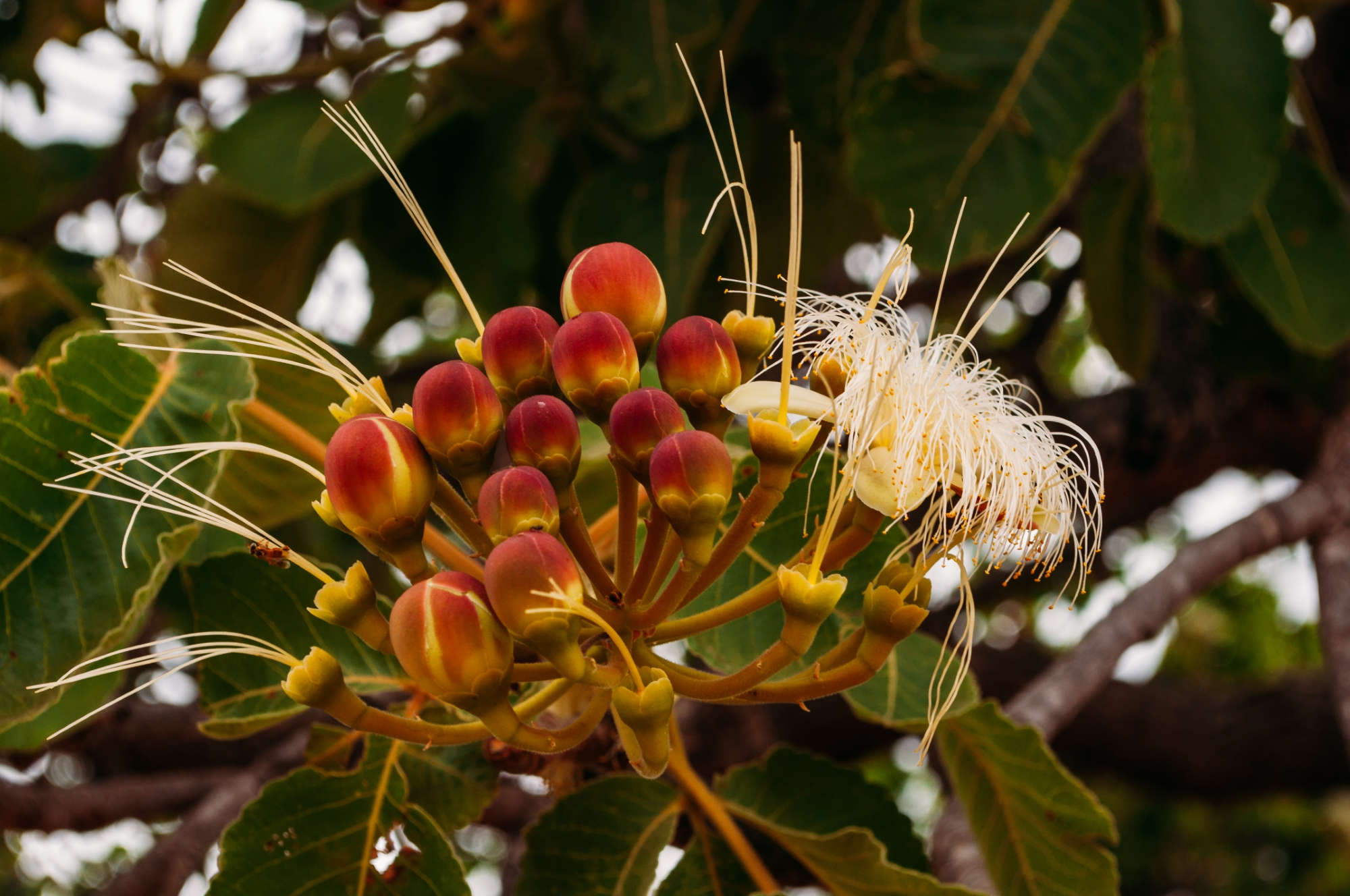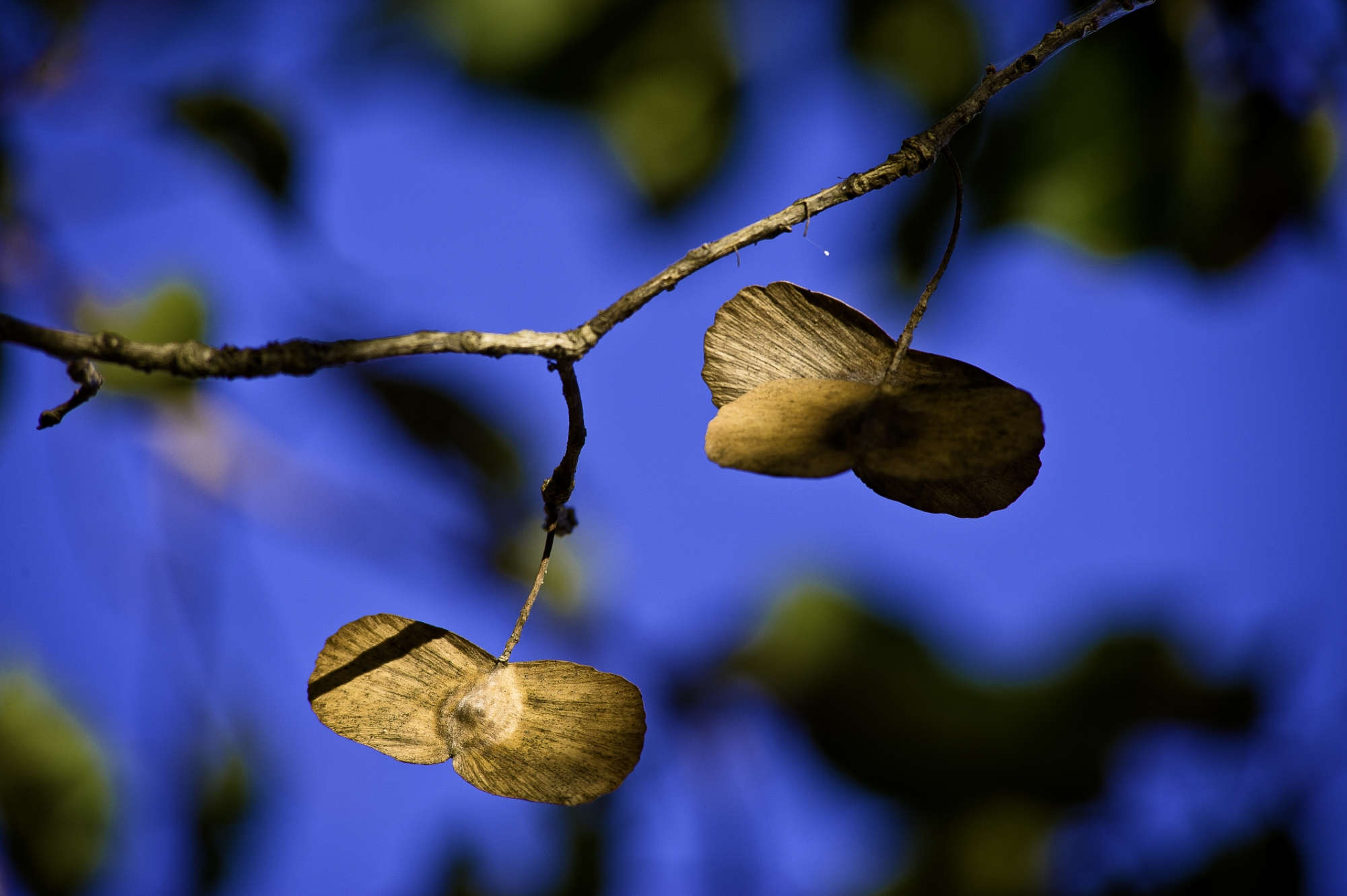Long roots, deep connections
These two stories take place in the most biodiverse savannah in the world, and one of the global biodiversity hotspots. Communities such as those of Dona Lúcia and the Kalunga women can be found throughout the Cerrado, a region in central Brazil that is larger than France, Italy, Portugal, and Spain combined.
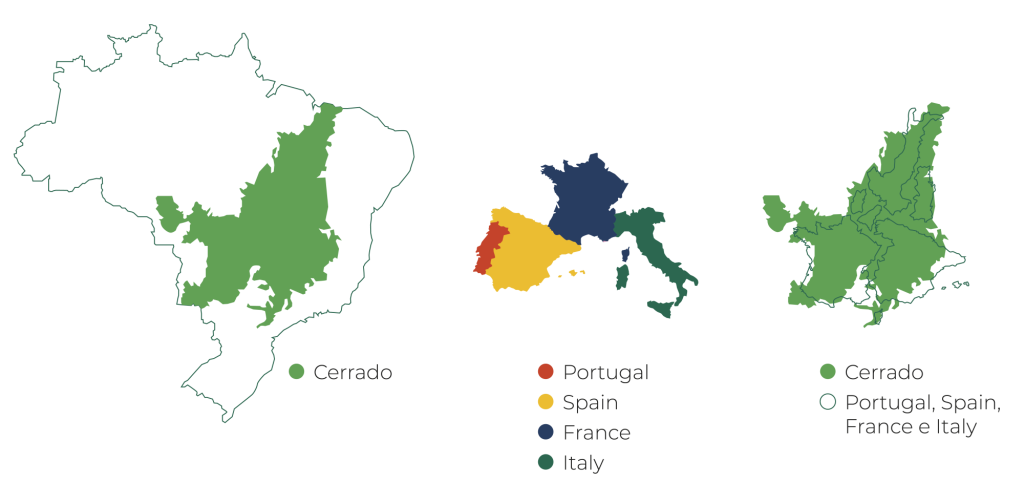
In it, we find a variety of landscapes, fauna, flora and peoples. The Cerrado’s biodiversity has enormous potential for food, medicine, for building houses, fibers for handicrafts, among others. There are about 199 species of mammals, 864 of birds, 180 reptiles, 210 amphibians and 1,200 fish. It is also home to more than 12 thousand species of vascular plants, of which more than 4 thousand can only be found in its landscapes, it is what we call endemic species.
Although a large part of its vegetation is composed of grasses, herbs, shrubs and medium-sized trees, underground is where everything happens: with deep roots that exceed 10 meters in depth, the Cerrado manages to store around 13.7 billion tons of carbon.


The Brazilian savannah acts as an important carbon accumulator and assimilator, contributing significantly to its cycle in the atmosphere, and being an important protagonist in hindering one of the consequences of climatic imbalance: global warming. It is an inverted forest that helps balance the planet’s climate.


If the subject is drinking water, the Cerrado is even more prominent. Despite being a region with a well-defined dry season, it is abundant in crystalline springs, rivers, streams and swampy palm forests (veredas). It contains important tributaries of the three largest river basins in South America, which supply drinking water to almost half of the Brazilian population and also extend to Bolivia, Paraguay, Argentina and Uruguay. This is because its vegetation contributes to the capture of rainwater that supplies the second largest underground water reservoir in the world, the Guarani Aquifer, which covers 1.2 million km².
Found only in the Cerrado, two aquifers of national importance, Bambuí and Urucuia, expand the importance of the Biome for access to drinking water. Both are essential for supplying the entire São Francisco basin, a river of national integration that supplies much of the semiarid region of northeastern Brazil with one of the highest rates of social inequality in the country and with historical problems related to access to water. The Bambuí and Urucuia aquifers also guarantee the supply of important rivers in the states of Minas Gerais (southeastern Brazil), Bahia (northeastern Brazil), and Tocantins (northern Brazil). In periods of long droughts, it represents life for local people.
With all this wealth of water, the Cerrado is directly related to energy security. In Brazil, 80% of electricity comes from hydroelectric plants, many of which are located in rivers such as Tocantins, São Francisco and Xingu, whose sources originate from the inverted forest.
Sound of the Waters:



